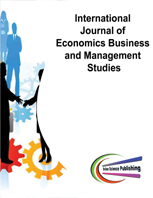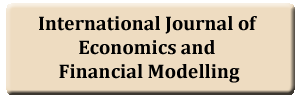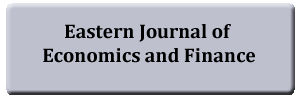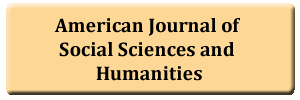Agency Cost of Equity and Growth Rate in Relation to Returns on Capital Employed and High and Low Leveraged Firms in Nigeria
DOI:
https://doi.org/10.20448/802.62.318.337Keywords:
Debt to total assets, Operating expense ratio, Asset turnover ratio.Abstract
This study empirically examined the theoretical predictions of agency, trade-off and pecking order theories of leverage in relation to agency cost of equity and growth rate using secondary data derived from census sampling of manufacturing, financial services (banking and insurance) firms quoted on the Nigeria Stock Exchange for the period 2013-2017. Using the same sample, the study also sought to determine the effect of agency cost of equity and growth rate on return on capital employed of high and low leverage firms. Hausman test was applied in the selection of appropriate regression model using E-Views for data analysis. Results confirm the negative relation of agency cost of equity and growth rate to leverage as predicted by agency and trade-off theories. The result also confirmed that highly profitable firms prefer internal financing to debt thus supporting the pecking order theory. Also, high leverage firms were found to post higher returns on capital employed when compared to low leverage firms implying that leverage enhances profitability. It was found that the direction of the sign of the relations of leverage and performance is swayed by the dominating subsample between high and low leveraged firms. We recommend judicious mix of equity and debt to enhance returns on investment and that regulators overhaul their monitoring mechanisms to isolate early warning signs of bankruptcy risks and earnings management.




